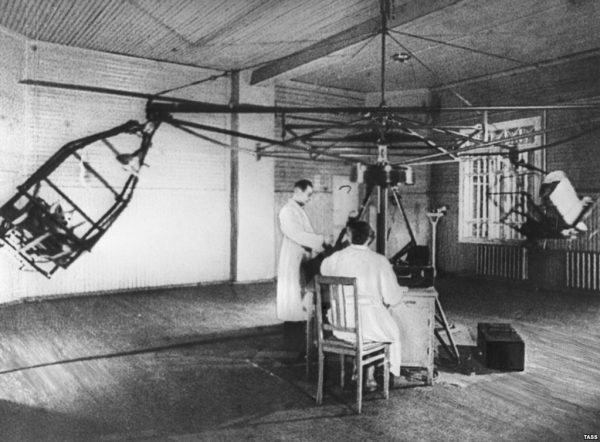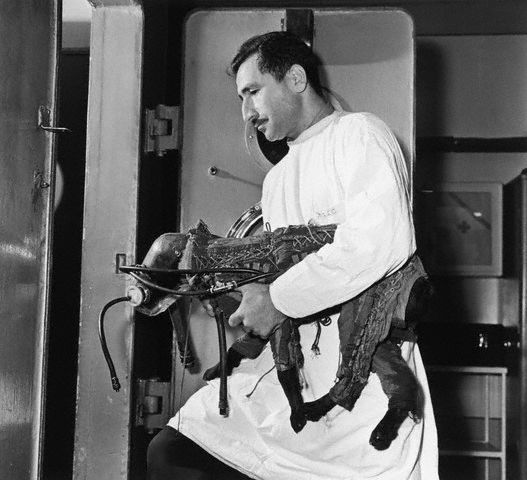

#DID LAIKA DIE IN SPACE SERIES#
Laika-apparently the second choice of the Soviets to send into space because their favorite had recently become a mother-was the first of a series of Soviet space dogs, the improbable subject of an exhibition of oil paintings of Soviet Space dogs I had seen at the quirky but fascinating Museum of Jurassic Technology in Culver City, California (a bit south of Beverly Hills).
#DID LAIKA DIE IN SPACE FREE#
It even had a plush Earth toy, a Celestial Buddy, on board as a sensor (Musk tweeted) of when “weightless” began ( correctly explained by the author as joint free fall rather than an actual loss of weight). We Americans seem to be moving back into the space-launch business, with Elon Musk’s recent robotic Dragon capsule launched with a SpaceX Falcon 9 linking with the International Space Station as a test.

So she had an early view of the Earth from space that, once viewed and photographed by humans, led to our current ecological movement. Caswell has done his homework, tracking down with difficulty how long Laika survived-not as long as the Soviet Union tried and succeeded to imply.Īnother point that Caswell discovered in his research was that Laika indeed had a view out the small window that had been put into the capsule, though the capsule was spinning at some slow rate as a result of its launch-spin for stabilization. It had not been clear that life could survive in space-and I learned even that humans are launched on their backs so that their lungs could expand upward during the high-g forces of launch. Without Laika’s mission, on Sputnik II launched on November 3, 1957, the human spaceflight that followed would not have taken place, the author explains. Caswell, a professor of creative writing and literature in the Honors College at Texas Tech (and, somehow, Vermont College of Fine Arts), has written a wide-ranging book with the famous Laika at the center. Many of them are, interestingly but unusually, considered in the book by Kurt Caswell, thoroughly and ostensibly about the first animal sent into orbit but also about the ramifications of the space program in the United States and around the world. As we approach the 50th anniversary of the first crewed Moon landing on July 20, 2019, there are many ways we can consider the impact of that epochal event.


 0 kommentar(er)
0 kommentar(er)
